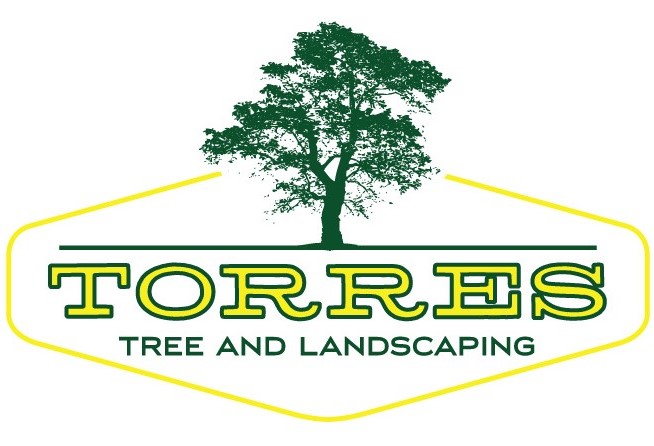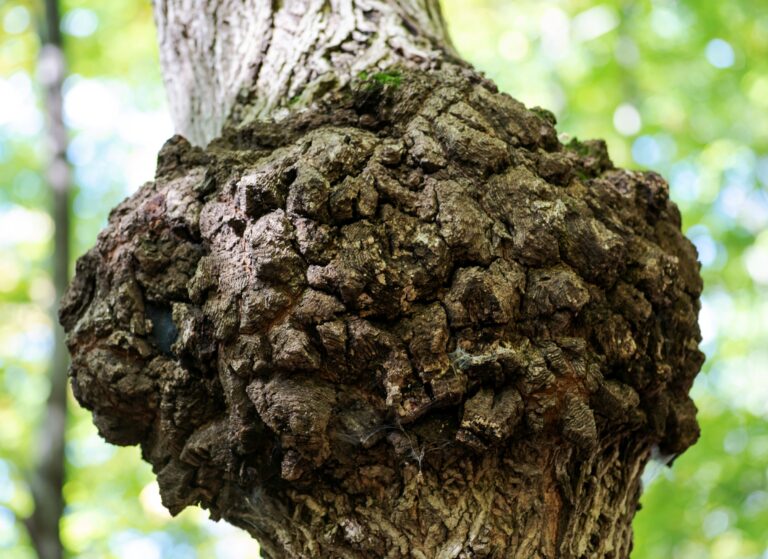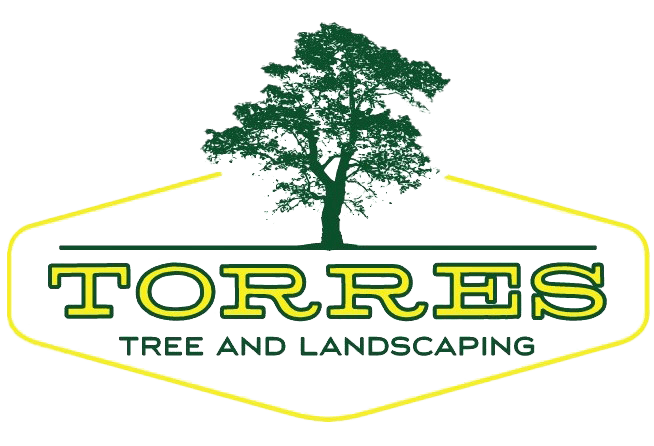North Texas is blessed with a diverse range of beautiful trees that provide shade, enhance landscapes, and contribute to the overall charm of the region. However, just like any other living organism, trees are susceptible to diseases that impact their health and longevity.
Understanding the most common tree diseases in North Texas is crucial for early detection and effective treatment. In this article, we will explore some of the common tree diseases in the region and discuss ways to identify and combat them.
Oak Wilt (Ceratocystis fagacearum)
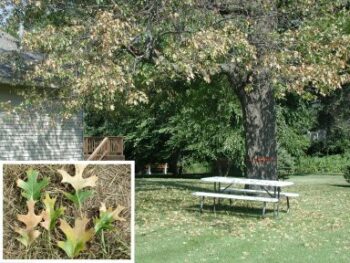
Oak wilt is a severe disease affecting oak trees, particularly the red oak and live oak species. It is caused by a fungus that disrupts the tree’s water-conducting system, leading to wilting and ultimately death. The disease spreads through interconnected root systems and insect vectors like sap beetles.
Symptoms include wilting or browning of leaves from the top of the tree downwards, and in some cases, fungal spore mats on the bark. It’s essential to employ preventive measures such as avoiding pruning during warm months and promptly removing infected trees to prevent the spread of the disease.
Ready to get one of your trees removed? Find out the average cost to remove a large tree.
Hypoxylon Canker (Biscogniauxia spp.)
Hypoxylon canker is a fungal disease that primarily affects oaks and pecans. It typically targets stressed or weakened trees, making it particularly dangerous during drought conditions.
Symptoms include discolored, sunken areas on the bark, branch dieback, and dark fungal structures called stromata. Implementing proper tree care practices such as maintaining tree vigor, providing adequate water, and removing dead or diseased branches can help prevent the disease.
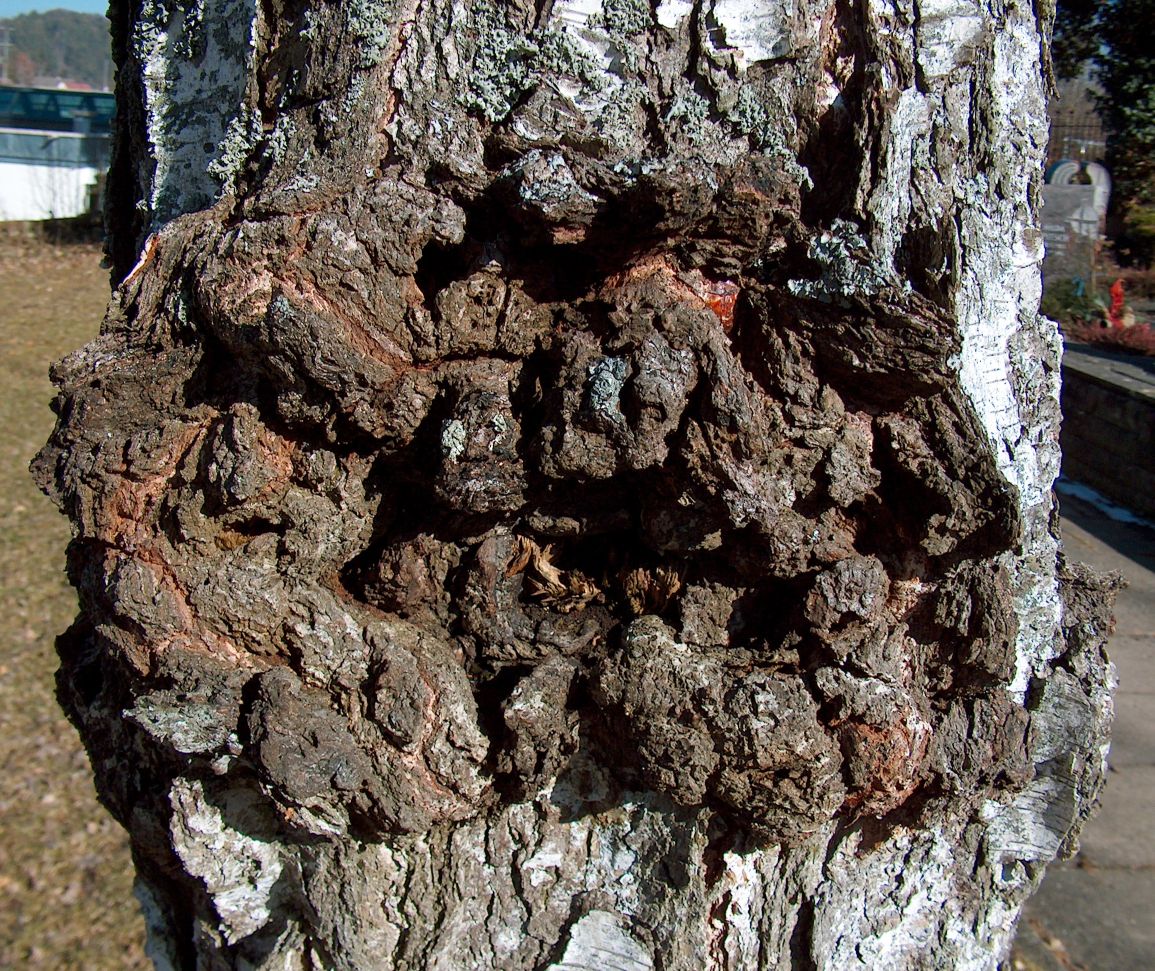
Anthracnose (Various Fungal Pathogens)
Anthracnose is a group of fungal diseases that affects a wide range of tree species, including oak, sycamore, elm, and maple. It thrives in cool and wet conditions, commonly seen during the spring season.
Symptoms include irregularly shaped brown or black spots on leaves, leaf curling, and premature defoliation. Proper pruning to improve air circulation, implementing a balanced fertilization program, and removing infected plant materials can help manage and prevent anthracnose.
Verticillium Wilt (Verticillium spp.)
Verticillium wilt is a soil-borne fungal disease that affects numerous tree species in North Texas, including maple, ash, and elm. It spreads through infected soil, entering the tree’s vascular system, and disrupting water flow.
Symptoms include wilting of leaves, yellowing or browning of foliage, and branch dieback. While there is no cure for verticillium wilt, proper tree care practices such as pruning infected branches, maintaining tree vigor, and avoiding water stress can help manage the disease.
Keep your trees looking nice. Check out our tree and shrub trimming service page.
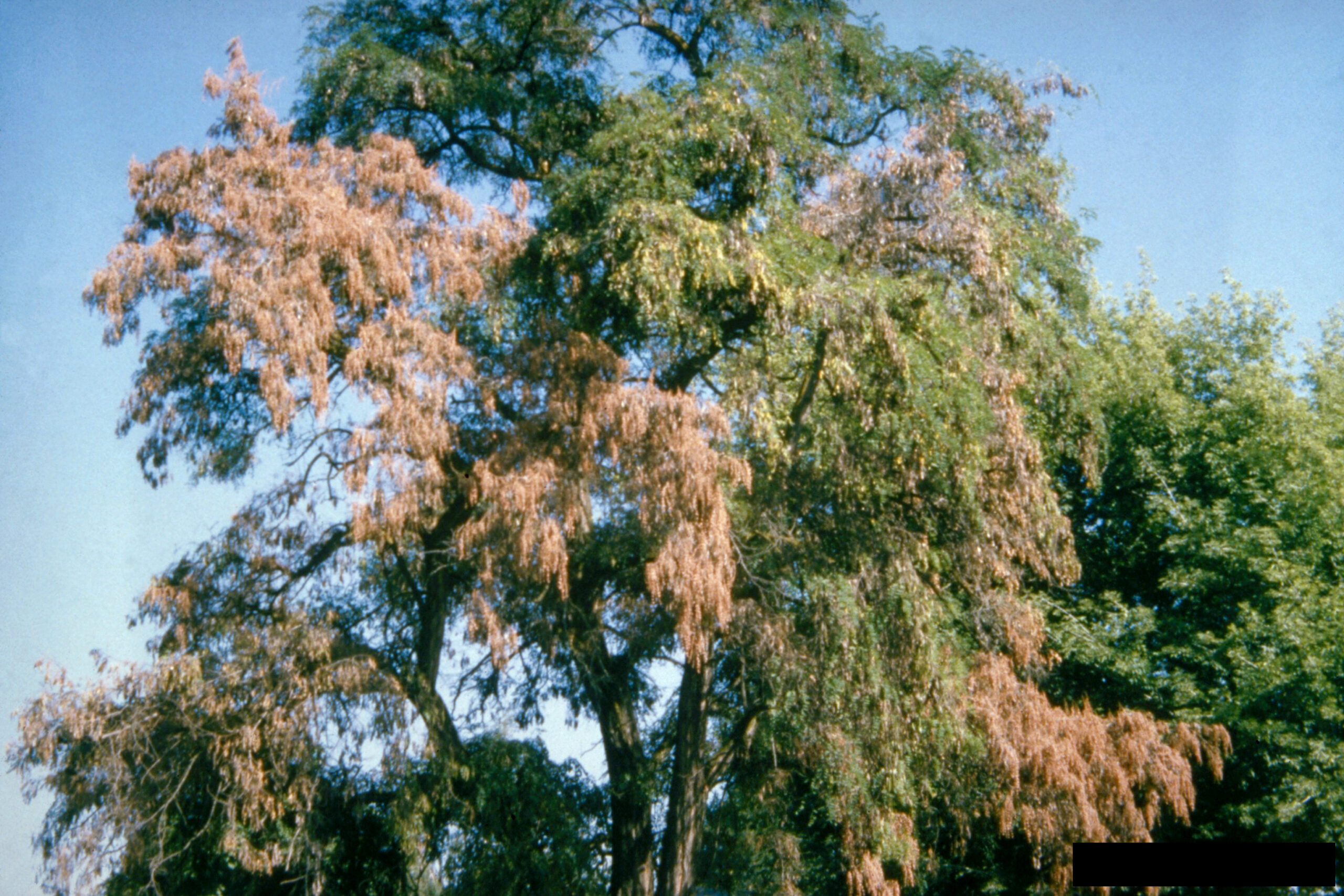
Fire Blight (Erwinia amylovora)
Fire blight is a bacterial disease that affects a variety of trees, including pear, apple, and hawthorn. It is prevalent during warm and humid conditions, particularly in springtime.
Symptoms include blackening and wilting of blossoms, twig dieback, and cankers on branches. Prompt pruning of infected branches, incorporating proper sanitation practices, and maintaining tree health can help control and prevent fire blight.
Sudden Oak Death (Phytophthora ramorum)
Sudden Oak Death (SOD) is a devastating disease primarily affecting oak species, causing extensive dieback and mortality. It is caused by a water mold pathogen and spreads through rainwater, wind, and human activity.
Symptoms include leaf spots, shoot dieback, and cankers on the trunk and branches. Rapid detection, removal of infected trees, and implementing strict sanitation measures can help prevent the spread of SOD.
Contact us for any questions regarding landscape design and installation services.
Wrapping Up
Prevention and vigilance are key to maintaining healthy trees in North Texas. Here are some general tips to help prevent tree diseases:
- Implement proper tree care practices, including regular pruning, proper watering, and fertilization.
- Ensure good air circulation by avoiding overcrowding of trees and removing dead or diseased branches.
- Maintain overall tree health by practicing proper soil management techniques, such as mulching and avoiding soil compaction.
- Monitor your trees for signs of disease, including discoloration, dieback, and abnormal leaf or bark conditions.
- Remove and dispose of infected plant material properly to prevent the disease from spreading to healthy trees.
- Consult with a professional tree care service to develop a customized tree health management plan.
By being proactive and implementing preventative measures, you can protect your trees from the common diseases that threaten their health in North Texas. Remember, a healthy tree enhances your landscape, provides shade, and contributes to the overall beauty of your environment.
